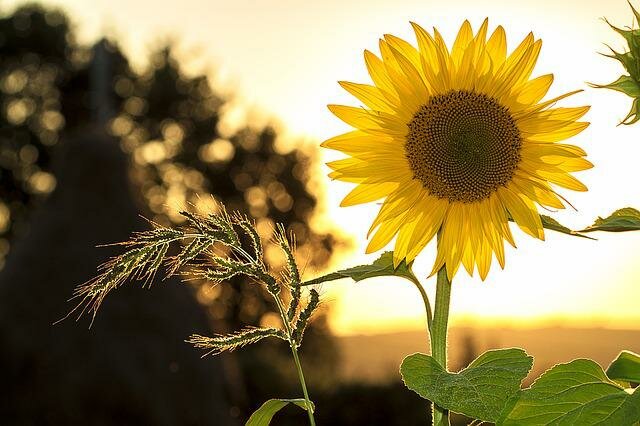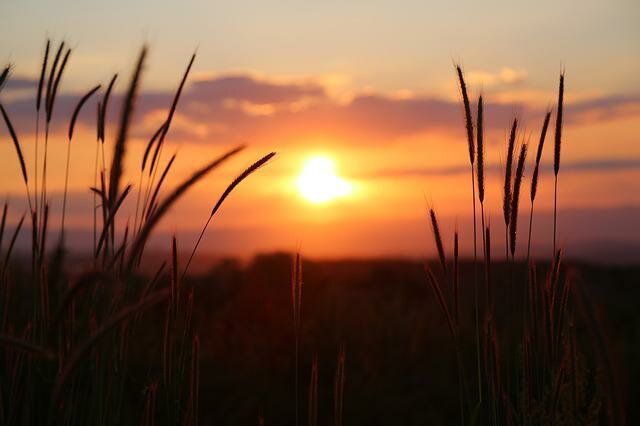
Water Cremation and the Processes Involved
In recent years, a number of states have passed legislation that makes it lawful to use the method of body disposition known as water cremation. The employment of a cremation process that involves the use of water, as opposed to other methods of corpse disposal such as burial or cremation, is more ecologically friendly. The process of cremating dead bodies in water is sometimes referred to as alkaline hydrolysis, aquamation, green cremation, and a number of other names. Cremation with water is a greener alternative to traditional methods of corpse disposal, as the water used in the cremation process has a lower impact on the surrounding ecosystem. Contacting cremation services in Aurora, CO is something you should do if you are trying to decide what should be done with the body of a loved one who has passed away and you are unsure of the choices that are open to you.
The Processes Involved in Water Cremation
The deceased individual is then placed inside an Alkaline Hydrolysis Chamber that has been pre-prepared by having water that has been treated with potassium hydroxide and alkaline already present. As the pressure inside the chamber increases, the temperature of the solution may be raised thanks to the heating devices that are contained within the chamber.
The method of alkaline hydrolysis is used for water cremation. This technique weakens the chemical connections that hold the dead person's body together to hasten the corpse's decomposition. This procedure directly replicates the impact of naturally occurring decay on traditional earthen graves. After the water cremation, the corpse will be broken down into constituent parts.
The body is wrapped in fiber and placed in the chamber to prepare for the cremation. Once the corpse has been placed in the chamber, it is filled with an alkali solution consisting of 5% potassium hydroxide and 95% water.
What Do the Water Cremation Remains to Look Like After the Process Is Completed?
Bone pieces exceedingly delicate and white are left on the corpse after it has been cremated in water. The cremains consists of bone fragments that have been reduced to a powdery content during the cremation process and will be given to the next of kin.
What Are the Benefits of Water Cremation?
- After a person dies, the most eco-friendly way to dispose of their body is through water cremation. It has various environmental benefits compared to the more traditional burial or cremation methods, including flames.
- Traditional cremation with a flame consumes around ninety percent more energy than water cremation. Additionally, it does not discharge any dangerous pollutants into the atmosphere.
- Water cremation is very useful for countries that do not have enough land to spare for burial. Helps solve the problem of overcrowded cemeteries and lack of burial plots.
- Also, for families that want to share the deceased's ashes among themselves, water cremation provides 30% more cremains than flame-based cremation.
Cost of Water Cremation
 Due to the fact that the process of water cremation can only be done with newer technology equipment, it tends to be on the expensive side. However, the good news is that water cremation is quite affordable compared to other alternatives, such as traditional burial. Families can expect to pay $2,000 to $3,000 for water cremation. Pre-planning can take some of the stress and financial anxiety off of your family after death and ensure the kind of memorial event you want
Due to the fact that the process of water cremation can only be done with newer technology equipment, it tends to be on the expensive side. However, the good news is that water cremation is quite affordable compared to other alternatives, such as traditional burial. Families can expect to pay $2,000 to $3,000 for water cremation. Pre-planning can take some of the stress and financial anxiety off of your family after death and ensure the kind of memorial event you want
For more information about what cremation entails, you can get in touch with cremation services in Aurora, CO.


Comments